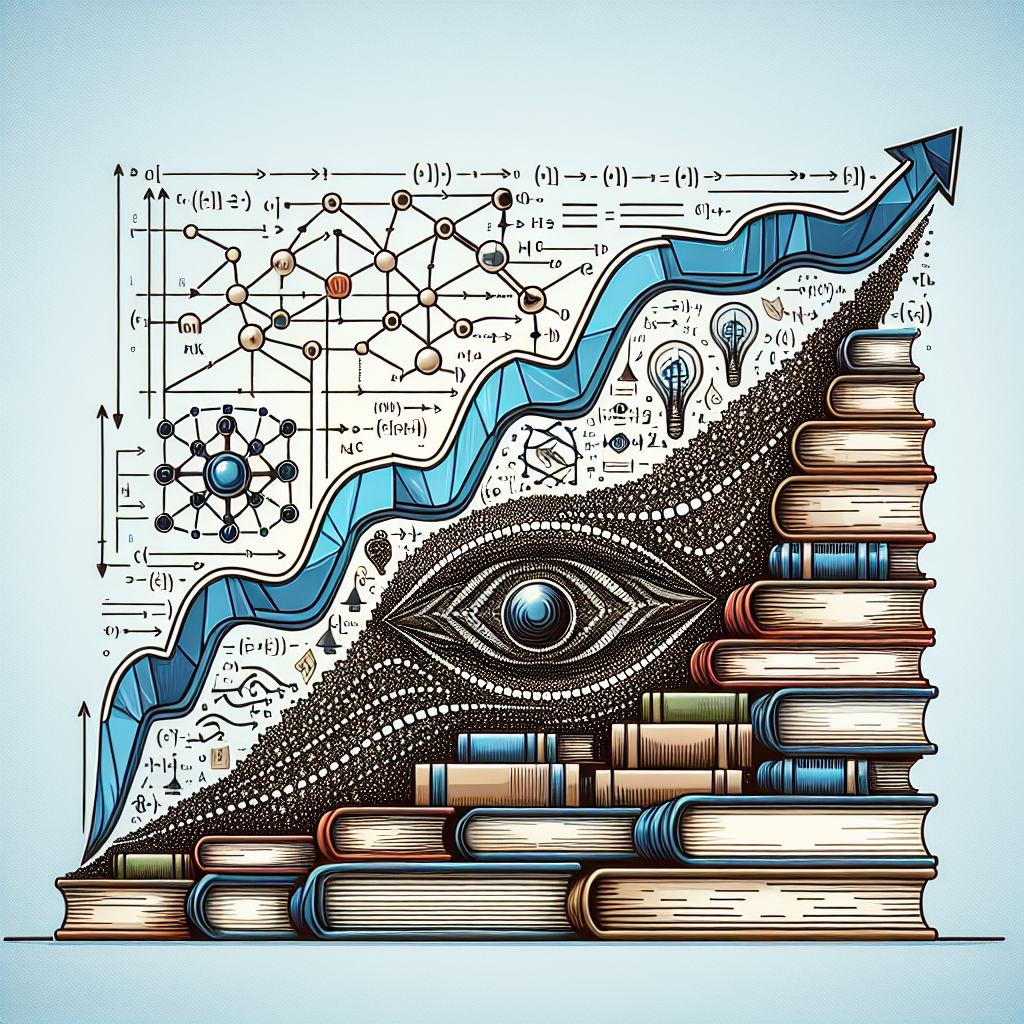Your cart is currently empty!
From Theory to Practice: Implementing CNNs in Deep Learning with PyTorch and TensorFlow

Deep learning has revolutionized the field of artificial intelligence, enabling machines to learn complex patterns and make decisions based on data. Convolutional Neural Networks (CNNs) are a type of deep learning model that have been particularly successful in tasks such as image recognition, object detection, and natural language processing.
In this article, we will explore how to implement CNNs in practice using two popular deep learning frameworks, PyTorch and TensorFlow. We will discuss the theory behind CNNs, their architecture, and how they are trained to recognize patterns in data. Then, we will walk through a step-by-step guide on how to build and train a CNN model using both PyTorch and TensorFlow.
CNNs are inspired by the visual cortex of the human brain, which is responsible for processing visual information. They consist of multiple layers of neurons, each performing a specific operation such as convolution, pooling, and activation. These layers are typically stacked together to form a deep neural network that can learn hierarchical features from the input data.
To implement a CNN in PyTorch, we first need to define the architecture of the model using the nn.Module class. This class allows us to create custom neural network architectures by defining the layers and operations that make up the model. We can then define the forward pass of the network, which computes the output of the model given an input tensor.
Once the model is defined, we can train it using a dataset of labeled images. We can use the DataLoader class in PyTorch to load the dataset and iterate over batches of images during training. We can also define a loss function such as cross-entropy loss and an optimizer such as stochastic gradient descent to update the weights of the model during training.
Similarly, in TensorFlow, we can define a CNN model using the tf.keras.Sequential class. This class allows us to stack layers together to create a neural network architecture. We can then compile the model with a loss function and an optimizer, and train it using the fit method.
Overall, implementing CNNs in deep learning with PyTorch and TensorFlow is a powerful tool for building and training deep learning models. By understanding the theory behind CNNs and following a step-by-step guide, you can easily build and train your own CNN models for a variety of tasks. Whether you are interested in image recognition, object detection, or natural language processing, CNNs are a versatile and effective tool for solving complex problems in deep learning.
#Theory #Practice #Implementing #CNNs #Deep #Learning #PyTorch #TensorFlow,understanding deep learning: building machine learning systems with pytorch
and tensorflow: from neural networks (cnn

Leave a Reply